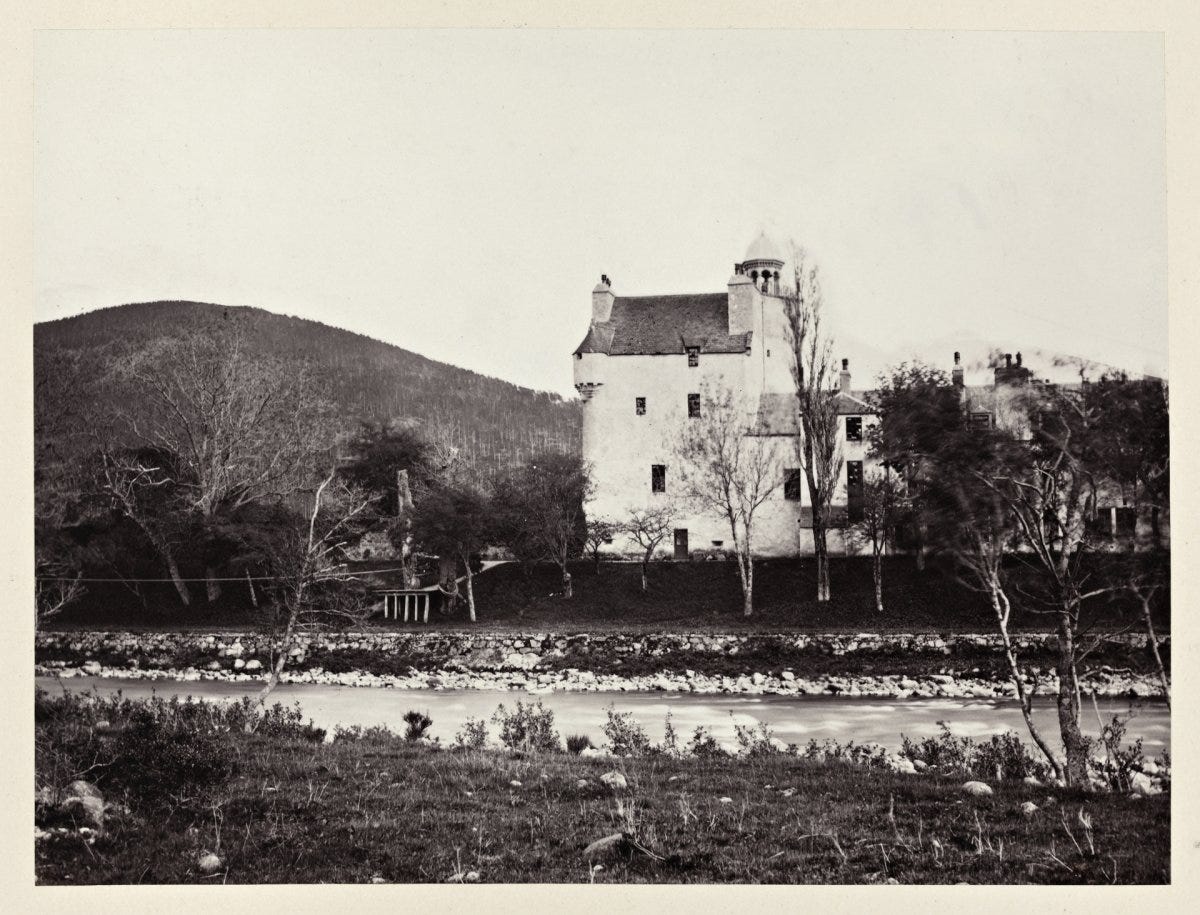Diamond Suns and Suspended Dukedoms: The Bejeweled Legacy of Princess Helen, Duchess of Albany (Part 2)
Our closer look at the royal will of Princess Helen, Duchess of Albany concludes as we trace the inheritance of her glittering royal jewels—and the divergent legacies of her royal children
When she drafted her will in 1912, the Duchess of Albany’s world was very different than the one she inhabited a decade later on her death. Now, Britain has unsealed her secret royal will, allowing us to explore the decisions that she made regarding her jewelry, her property, and the very different families established by her royal son and daughter.
The annual “royal invasion” of the Scottish Highlands was in full swing when the calendar flipped from August to September in 1922. King George V and Queen Mary had both arrived at Balmoral Castle after a meandering journey north. They enjoyed dinners and outings with other family members who visited at the castle and had residences nearby. Their eldest son, the Prince of Wales, didn’t come, his time already taken up that summer by polo, and his younger brother, Prince Henry, was similarly occupied. The second brother of the family, the Duke of York, was still smarting from two declined marriage proposals to a Scottish aristocrat, Lady Elizabeth Bowes-Lyon, but he did made a brief appearance on the Balmoral estate. Prince George, the youngest brother, was away serving in the navy. Princess Mary and her new husband, Viscount Lascelles, were scheduled to come and stay, but a busy calendar of engagements—and the fact that she was expecting her first child—kept the couple in Yorkshire.
The royal couple’s own siblings, however, were more present in Scotland that summer. King George’s sister, the Princess Royal, was in residence at nearby Mar Lodge with her daughters, Princess Arthur of Connaught and Princess Maud. Also close by were Queen Mary’s brother and sister-in-law, the Earl and Countess of Athlone. They were staying at Abergeldie Castle on the banks of the River Dee with their children, 16-year-old May and and 15-year-old Rupert. Before the war, Alge and Alice Athlone had been better known as Prince and Princess Alexander of Teck. When King George had asked them to surrender their German titles as a sign of patriotic loyalty, they had readily agreed. Prince Alexander became the Earl of Athlone, while his wife, who had been born a British princess, officially became HRH Princess Alice, Countess of Athlone.
Princess Alice wasn’t just an in-law—she was also King George’s first cousin. Both were grandchildren of Queen Victoria. Alice’s parents, the Duke and Duchess of Albany, had a tragic love story that ended with her father’s untimely death. Through her long widowhood, the Duchess and her daughter had remained incredibly close. But, sadly, there was more sorrow for the family cresting on the horizon. On Thursday, August 31, the Athlones dined at Balmoral with the King and Queen before returning to Abergeldie. On Saturday morning, cablegrams arrived at Abergeldie and Balmoral with somber news: Princess Helen, Duchess of Albany had died of a heart attack while on holiday in Austria.
Alice had not been convinced that her mother should have made the trip to the Tyrolean Alps in the first place. The 61-year-old Duchess of Albany’s health had been declining after a serious operation, but she was determined to make the trip, which reunited her with her son, the formerly reigning Duke of Saxe-Coburg and Gotha, and his wife and children. Alice later remembered that her mother had been “determined” to see Carl Eduard and his five children again before she died.
Her wish had been granted. Helen was nearing the end of her month-long holiday at Hinterriss, where the Coburgs had a hunting lodge, when she passed away on September 1. She had spent several weeks with Carl Eduard, the son who had been called “Charlie” before his inheritance took him to Germany; his wife, Viktoria Adelheid; and their children, 16-year-old Johann Leopold, 14-year-old Sibylla, 13-year-old Hubertus, 10-year-old Caroline Mathilde, and 3-year-old Friedrich Josias. Alice recalled in her memoirs that the trip had been a “happy reunion” for a family that had been divided by war and would continue to be separated for decades to follow.
Alge and Alice swiftly gathered up their things and took a train from Scotland to London after learning of Helen’s death. On September 5, they departed from Victoria Station with Captain Edward Seymour, the late Duchess’s comptroller, on the boat express bound for Munich. From there, motor cars took them on the difficult road journey into the mountains to Hinterriss. The family had decided that, rather than having the Duchess’s body taken back to England to be buried beside her late husband, Prince Leopold, Duke of Albany, she would simply be buried in the place where she died.
Keep reading with a 7-day free trial
Subscribe to Hidden Gems to keep reading this post and get 7 days of free access to the full post archives.





